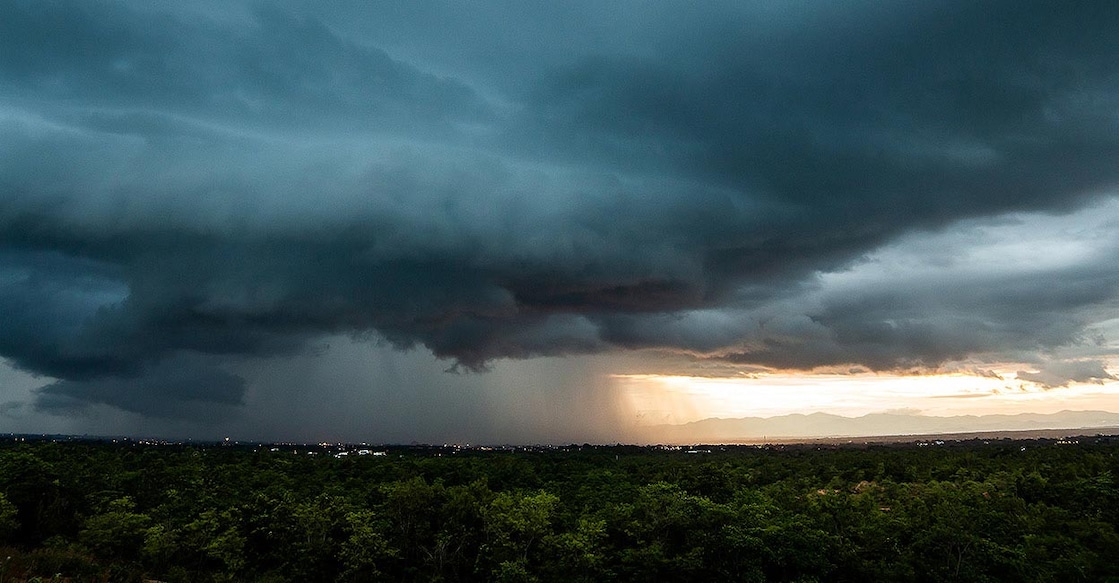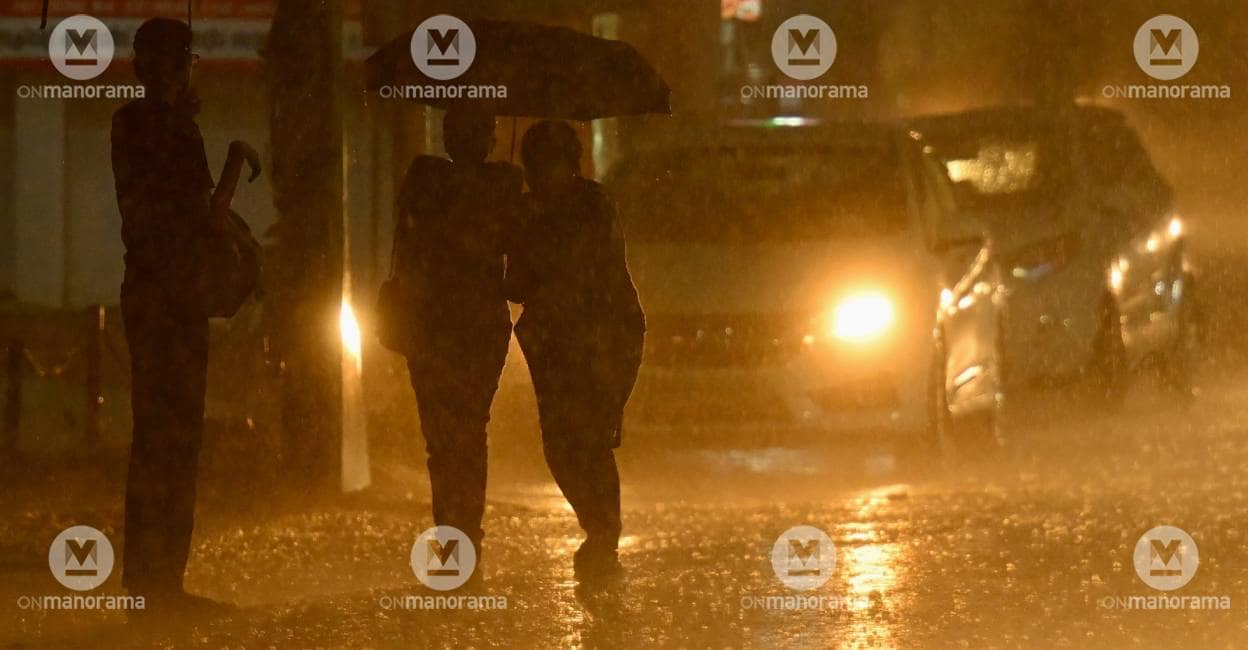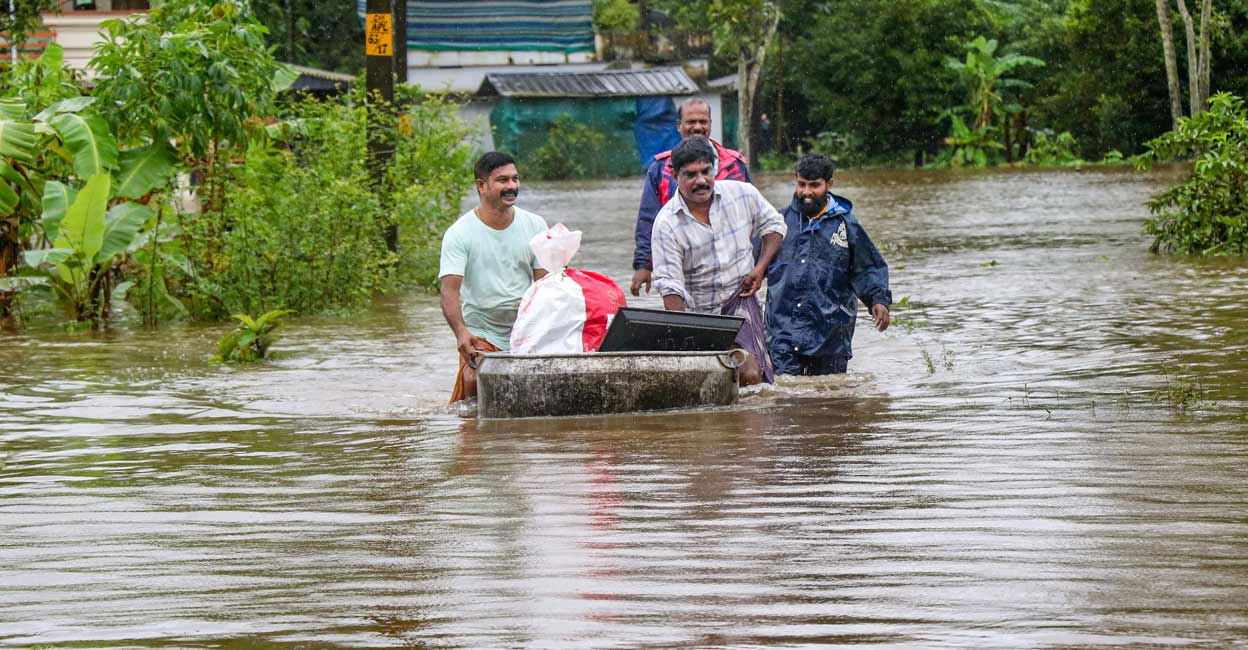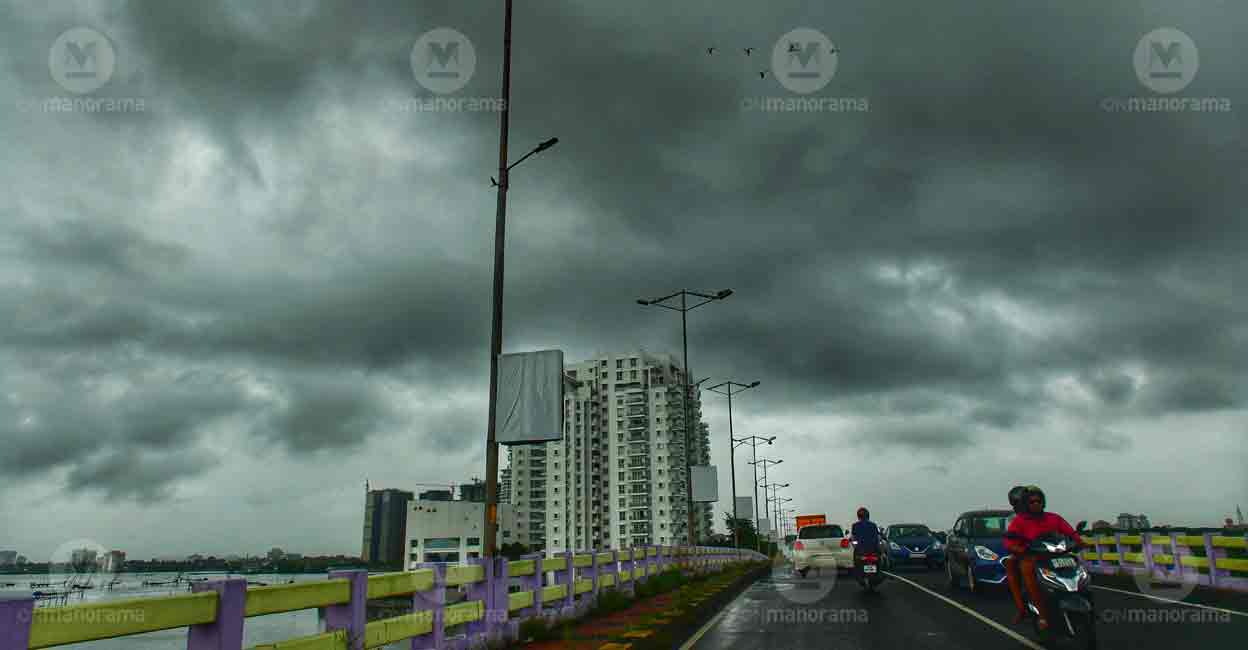A hellish summer may have just spared Kerala a 2018-like watery grave coming monsoon

Mail This Article
It is tough to live through a fairly dull and, therefore, unbearably hot pre-monsoon season like Kerala is witnessing this year.
But in a state like Kerala, traumatised by the two successive flood years of 2018 and 2019, deficient summer showers and devilish heat that triggered record power consumption can also be seen as a sign of benediction by the rain gods; pain as mercy.
Thanks to weak summer rains, Kerala's rivers, lakes and dams are in a condition to safely absorb the excess rainfall of the southwest monsoon, which the Indian Meteorological Department (IMD) says will grace Kerala on June 4.
The IMD figures show that summer rains in Kerala were deficient by 34 per cent. Northern districts like Kasaragod, Malappuram and Kozhikode witnessed what the IMD calls "large deficient" summer rains, a fall of over 60 per cent from the normal. Pathanamthitta was the only district that enjoyed a normal pre-monsoon season, a slight excess of 6 per cent.
Cushion of nothingness
"This year, though we did sweat profusely, we have the cushion of nothingness," is how a top Kerala State Electricity Board official put it. Water levels in Kerala's major dams have dropped so low that KSEB and the Irrigation Department officials say that these now have enough space to take on even a wildly excessive monsoon.
The desperate release of excess water from dams was one of the contributors of the 2018 deluge.
In tandem with scanty summer showers daily temperatures had flared up to monstrous levels that on April 19 Kerala set a new record for the highest daily consumption of power: 102.99 million units. There were at least five days in April when daily power consumption crossed 100 MU. Even in May, when sporadic summer showers had managed to slightly soften the fury of the summer, daily consumption averaged 97 MU.

Such consumption necessitated the overworking of Kerala's hydel stations, resulting in reservoirs being sucked virtually dry. In Idukki reservoir, Kerala's largest, the storage on May 31 is only 19 per cent. In 2018, same time, it was over 40 per cent.
Water levels in all our dams put together on May 31 is 21 per cent. In 2018, same time, it was 45 per cent.
Though KSEB and Irrigation officials say Kerala's dams have enough space to absorb excess water, the IMD has predicted a normal monsoon. "Normal to above normal rainfall is likely over the most areas of south peninsular India," the IMD forecast says. However, the IMD gives a higher probability for normal monsoon (94-106 per cent of the long period average) in Kerala.
Showers from different gods
The three-month pre-monsoon season, by dangerously filling up dams, can mess up the monsoon season, just the way one tenant could spoil a house for the next; both these seasons with monsoon in their names are as unrelated as rain and rein.
It is impossible to predict the nature of the southwest monsoon looking at the pre-monsoon showers. They do not originate from the same womb.
During the year of the deluge in 2018, there was excess pre-monsoon showers of 37 per cent. In 2019, when the rising waters threatened yet another deluge, it was just the opposite: there was a 53 per cent deficiency in summer rains.

In 2020, pre-monsoon was normal and so was the southwest monsoon. In 2021, there was 40 per cent excess summer rainfall but the southwest monsoon was deficient by 16 per cent. Last year, summer rains recorded a "large excess" of 85 per cent but the monsoon was normal.
Dependable crystal gazer
To understand the nature of the coming monsoon, the observations made by the IMD seems a better bet than analysing the peculiarities of the pre-monsoon period.
The IMD forecast about the arrival of monsoon had been largely accurate. The IMD has been issuing operational forecasts for the date of monsoon onset over Kerala from 2005 onwards. Its operational forecasts of the date of monsoon onset over Kerala during the past 17 years (2005-2021) were proved to be correct except in 2015.
In fact, in the last seven years, the monsoon swooped down on the Kerala coast on the very day predicted; May 30 and May 29 in 2017 and 2018. In the other four years, the difference between forecast and the original onset was not more than four days. Last year the predicted date was May 27 but the date of onset was May 29.

An indigenously developed state of the art statistical model with a model error of plus or minus four days is used for the purpose.
The six 'predictors' used in the models are: one, Minimum Temperatures over North-west India; two, Pre-monsoon rainfall peak over south Peninsula; three, Outgoing Long wave Radiation (OLR) over south China Sea; four, Lower tropospheric zonal wind over southeast Indian Ocean; five, upper tropospheric zonal wind over the east equatorial Indian Ocean; six, Outgoing Long wave Radiation (OLR) over the south-west Pacific region.
Will Fabien stand in the way?
According to the Indian Meteorological Department (IMD), the southwest monsoon will hit Kerala on June 4, three days after the traditional onset date of June 1. It will be for the third time in the last six years that southwest monsoon begins its Kerala stretch on or after June 1.
However, international weather stations and even private weather stations in India like Skymet have spoken of a cyclonic formation over the Arabian Sea, Cyclone Fabien, that could draw the moisture-laden south westerlies further west, causing the monsoon winds to stray from its traditional path, perhaps slowing its onset.
Skymet had predicted June 7 as the date of onset. The IMD, however, has stated that the formation has not developed into a cyclone to be of any influence.
Though southwest monsoon officially begins in the Indian mainland when it makes landfall in Kerala, initial monsoon rains are experienced over south Andaman Sea and the monsoon winds then advance north-westwards across the Bay of Bengal.


